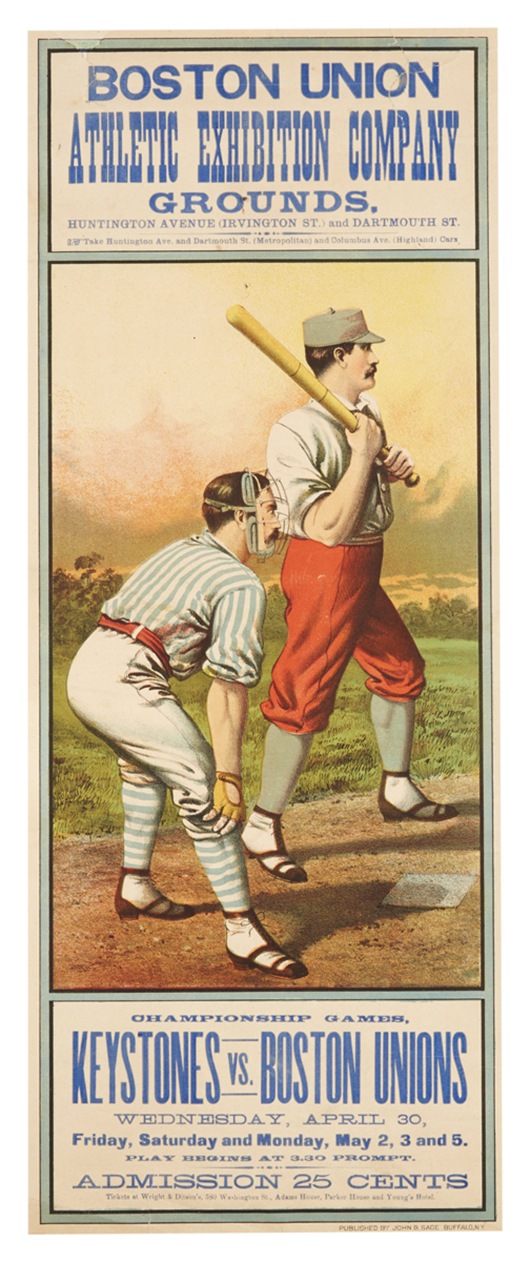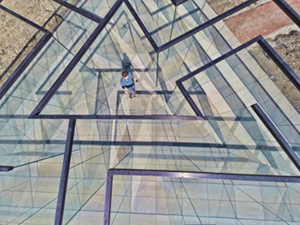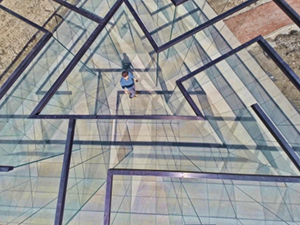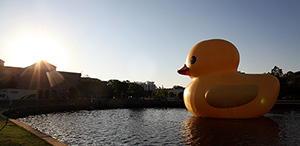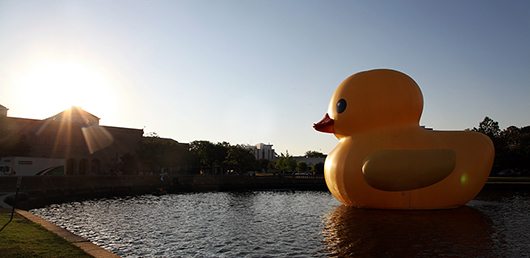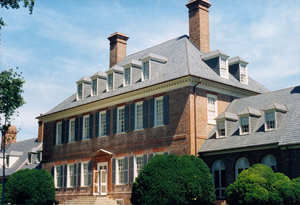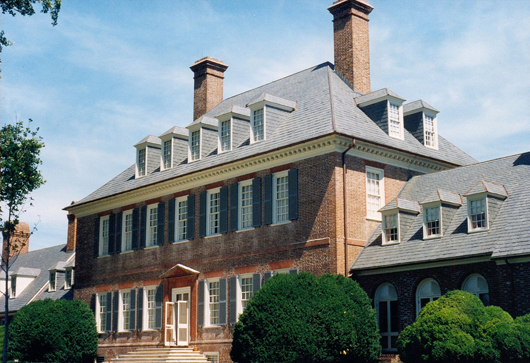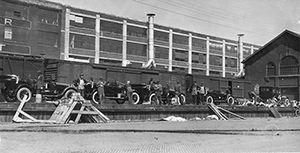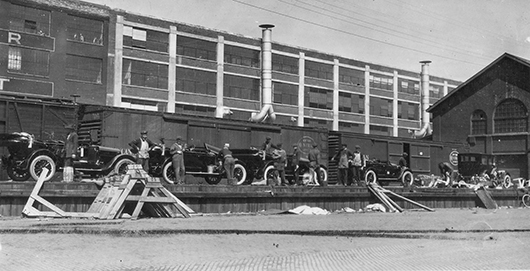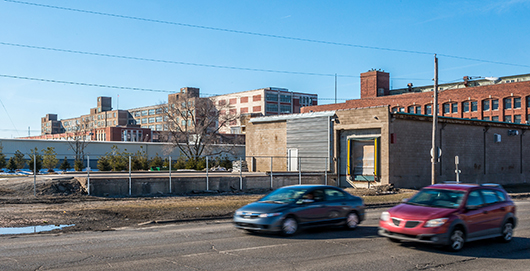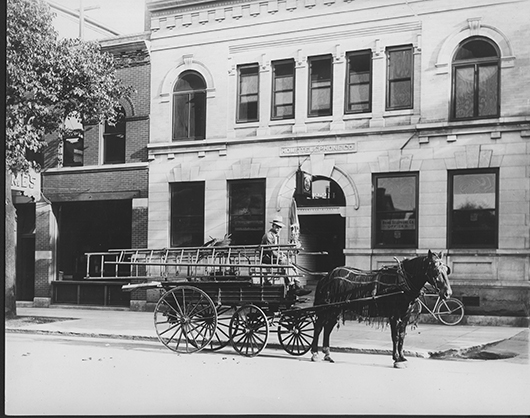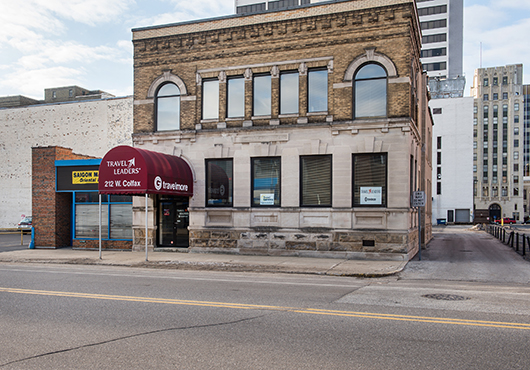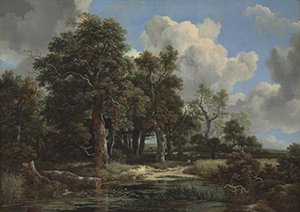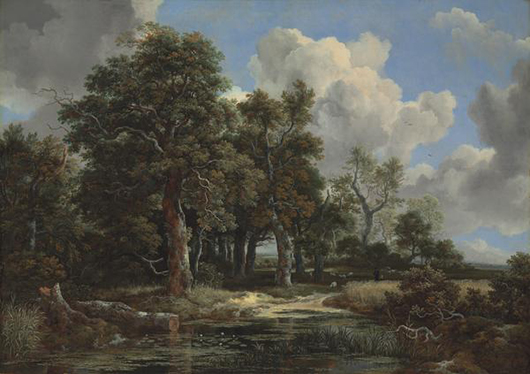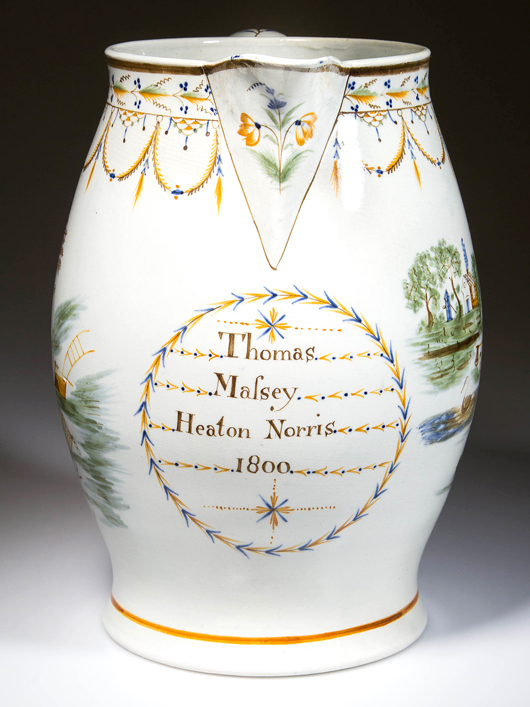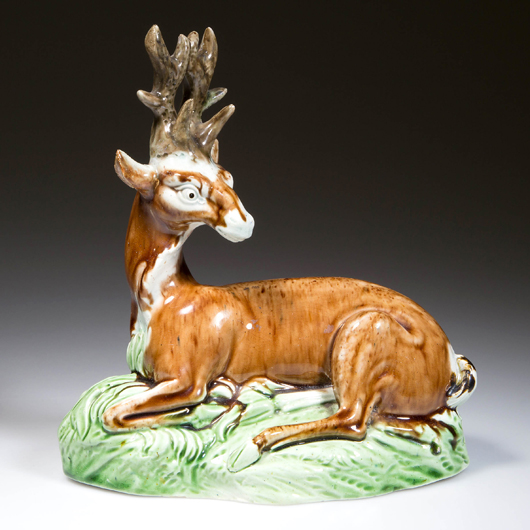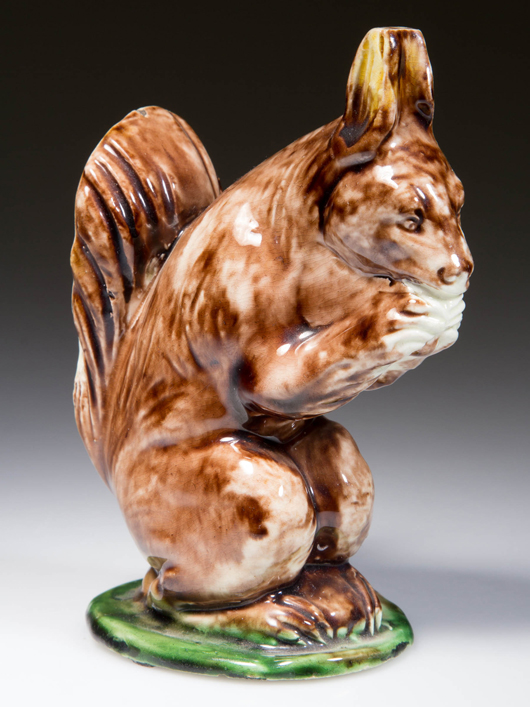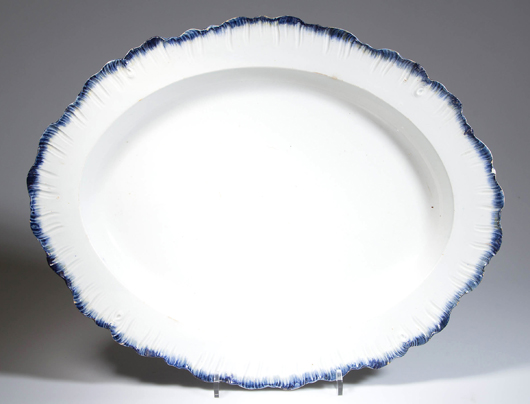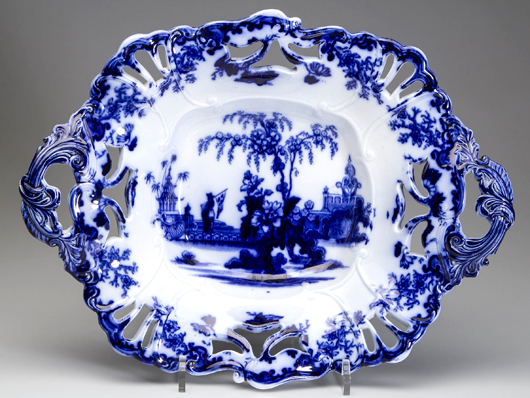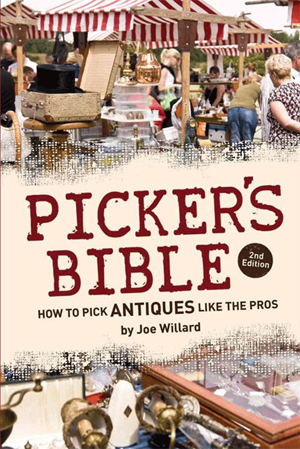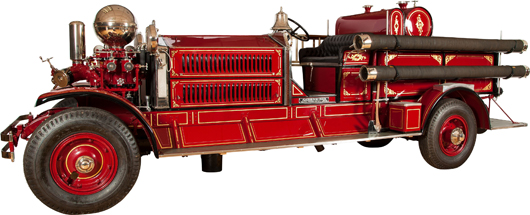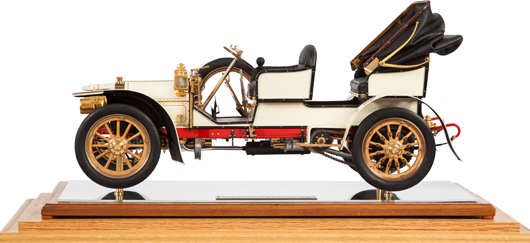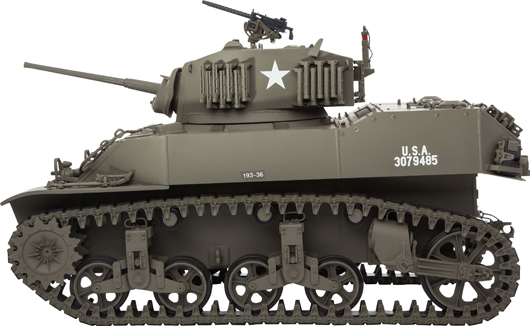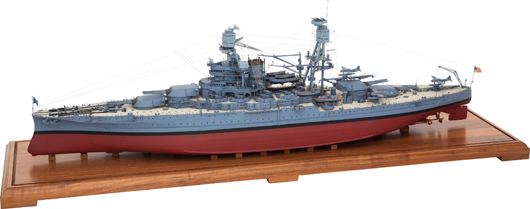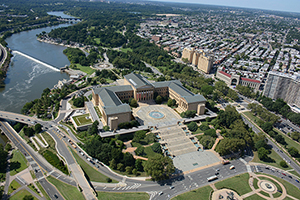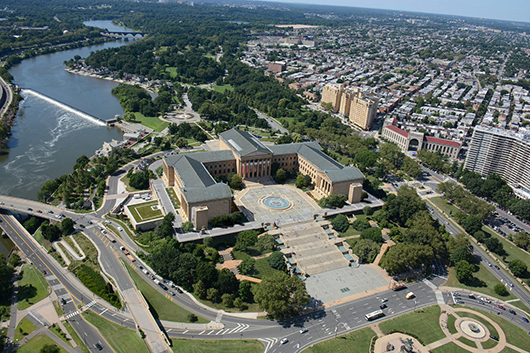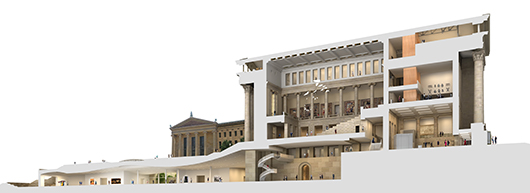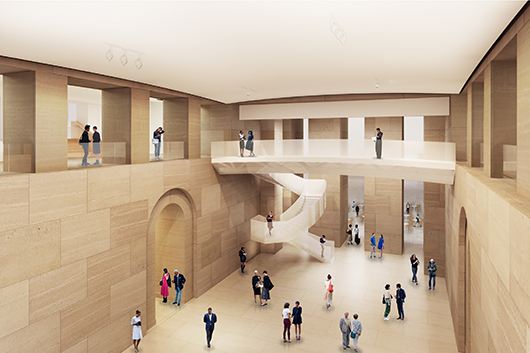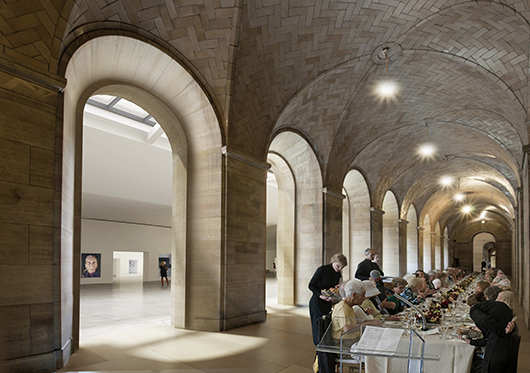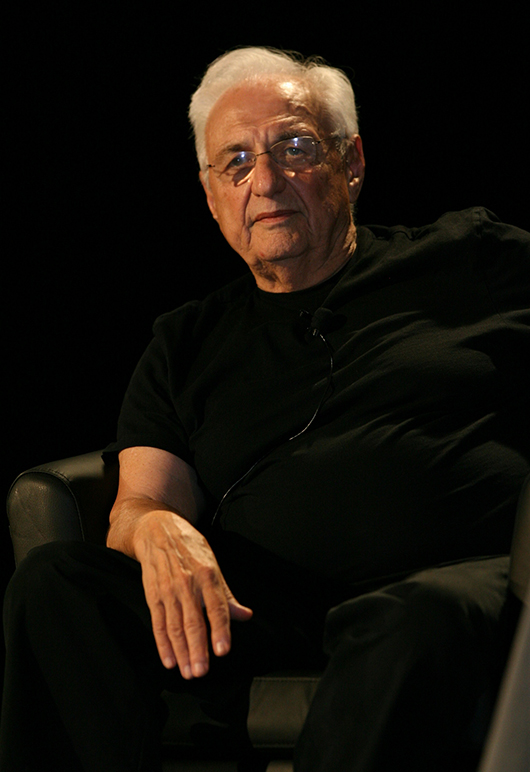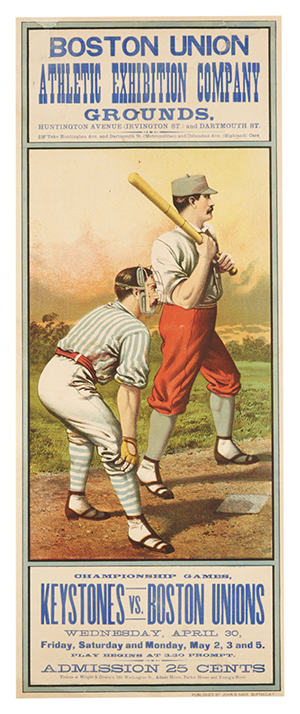
BEACHWOOD, Ohio – Baseball may have been first mentioned in the United States in 1791, when city officials in Pittsfield, Mass., banned playing the game near the town meeting house. Years later, a group of “experts” decided that the game was invented by Abner Doubleday – a decision that is now considered a myth.
Organized baseball started in the United States in 1857, with the formation of the National Association of Base Ball Players – 16 teams from New York – but the first professional teams were listed in 1869.
Any baseball memorabilia from the 19th century is rare. Last month a poster for a championship game in Boston between the Philadelphia Keystones and the Boston Unions in 1884 was auctioned by Bonhams in New York. The poster shows a batter and catcher in proper uniforms as they played on a site that is now Copley Square in downtown Boston. It sold for $15,000.
Q: I own a Victorian gentleman’s dresser that’s about 70 inches high and 42 inches wide. It has a tall dressing mirror on one side and a smaller shaving mirror on the other side. The dressing mirror pulls out about 9 inches on an extension mount and rotates about 70 degrees in either direction. “Peerless Adjustable Mirror” is stenciled on the back, where there’s also a label with six 1890 patent numbers. One of the brackets is embossed “Pat’d Jan. 14, 1890.” Can you give me any information about this piece?
A: A dresser like yours was pictured in an ad in an 1891 newspaper. It didn’t have the shaving mirror, and was advertised as a “lady’s dresser.” The ad claimed that the Peerless Adjustable Mirror was the only adjustable mirror made, and it could be adjusted to 16 different positions. A Jan. 14, 1890, patent was one of several patents granted for adjustable mirror supports in 1890. It was granted to David Heald and Charles H. French for “new and useful improvements in mirror supporting and adjusting devices.” The tall dresser with the unusual mirrors has very little storage space. The 21st-century buyer wants drawers. Because of its limited usefulness, your dresser is not worth more than $400.
Q: I have a Lalique “Champs Elysees” bowl shaped like two oak leaves. The leaves are frosted, and the base and connecting part are clear. The bowl is 7 1/2 inches high and 18 inches wide, and weighs 21 pounds. How much is it worth?
A: Rene Lalique (1860-1945) began making Art Nouveau glass in Paris in the 1890s. Lalique glass still is being made. Pieces made by Rene were marked with the signature “R. Lalique.” Those made from 1945 until 1977 are marked “Lalique France.” Newer pieces include the letter “R” in a circle. Your bowl is worth about $1,000 to $2,000. The pattern still is being made.
Q: I have a complete 65-piece set of dinnerware that includes place settings for eight and several serving pieces. The dishes have a wheat pattern in the center and a wide yellow border with gold trim. They’re marked “Century Service Corporation, Alliance, Ohio” around a triangle. The words “Semi vitreous dinnerware” are written inside the triangle. Underneath the mark are the words “Autumn Gold.” Many people tell me the set of dishes I have is worth money. What do you think?
A: Autumn Gold is the name of your dinnerware’s pattern. The dishes were made by Homer Laughlin China Co. and distributed by Century Service Corp., one of several companies owned by Cunningham and Pickett of Alliance, Ohio. Cunningham and Pickett was founded in 1935. It distributed china, glassware, silverware and other items made by other companies. Homer Laughlin made dinnerware for Cunningham and Pickett from 1938 until 1969. You often can find dishes in your pattern for sale online. A five-piece place setting of Autumn Gold sells for about $30, a vegetable bowl for about $20.
Q: I have a teapot that reads “Made in Occupied Japan” on the bottom. Other marks on the bottom look like the letter “G” surrounded by the letters “C” and “U.” I have been unable to find any information about the teapot or its marks. I would like to know who made the teapot and what it’s worth.
A: The mark on your teapot stands for “UCAGCO.” It was used by the United China & Glass Co., an importer located in New York and New Orleans. The company was founded by Abe Mayer in 1850 and originally was called Abe Mayer & Co. The “UCAGCO” mark was first used in the 1930s. UCAGCO was the first company allowed to import goods from Japan after the end of World War II. Items marked “Made in Occupied Japan” were made between 1947 and 1952. The company was later sold to Sammons Enterprises. Your teapot is worth $20 to $30.
Tip: Rhinestone jewelry can be gently cleaned. Use a makeup brush or a cotton swab to remove dust from any crevices. Be careful not loosen the stones. Spray some glass cleaner or denatured alcohol on a soft cloth, not on the jewelry. Rub gently. Do not rinse. Water damages the backing on rhinestones.
Take advantage of a free listing for your group to announce events or to find antique shows, national meetings and other events. Go to the Calendar at Kovels.com to find, publicize and plan your antiquing trips.
Terry Kovel and Kim Kovel answer questions sent to the column. By sending a letter with a question, you give full permission for use in the column or any other Kovel forum. Names, addresses or email addresses will not be published. We cannot guarantee the return of photographs, but if a stamped envelope is included, we will try. The amount of mail makes personal answers or appraisals impossible. Write to Kovels, Auction Central News, King Features Syndicate, 300 W. 57th St., New York, NY 10019.
CURRENT PRICES
Current prices are recorded from antiques shows, flea markets, sales and auctions throughout the United States. Prices vary in different locations because of local economic conditions.
- Coalbrookdale platter, flowers, gilt scrolls, rococo scalloped rim, lobed, footed, circa 1825, 8 1/2 inches, $80.
- Royal Bayreuth toothpick holder, shell shape, footed, 3 inches, $150.
- Baseball pennant, Brooklyn Dodgers, batter, felt, cranberry, yellow, 1940s, 22 inches, $165.
- Bronze pen rest, tiger head, two wells, Continental, 7 x 4 1/2 inches, $290.
- Komical Kop toy car, “Beat It,” cop at wheel, tin lithograph, windup, Marx, 1920s, 7 3/4 inches, $325.
- Tiffany Favrile glass vase, green, gold, long neck, leaf-and-vine design, 6 inches, $430.
- Venetian glass sculpture, aquarium block, two fish, suspended seaweed, Gino Cenedese, 1960s, 6 3/4 x 9 1/4 inches, $440.
- Elephant toy, carved teak, articulated, signed Kay Bojesen, Denmark, circa 1950, 5 x 2 inches, pair, $530.
- Apothecary cabinet, pine, 18 drawers, black knobs, Continental, circa 1900, 20 x 52 inches, $885.
- Currier & Ives print, “A Good Chance,” two men in canoe, frame, 29 x 35 inches, $3,075.
Ralph and Terry Kovel, syndicated newspaper columnists, best-selling authors, avid collectors and national authorities on antiques, hosted the HGTV series “Flea Market Finds with the Kovels.” Watch the Kovels’ HGTV shows to become an expert on almost anything you see at a flea market. DVD sets of Seasons 1 and 2 (12 episodes each, plus a DVD of the final episodes of Seasons 1-4) are available online at Kovelsonlinestore.com for $59.90 plus $4.95 postage; by phone at 800-303-1996; or mail your check to Kovels, P.O. Box 22900, Beachwood, OH 44122.
© 2014 by Cowles Syndicate Inc.

ADDITIONAL IMAGE OF NOTE
